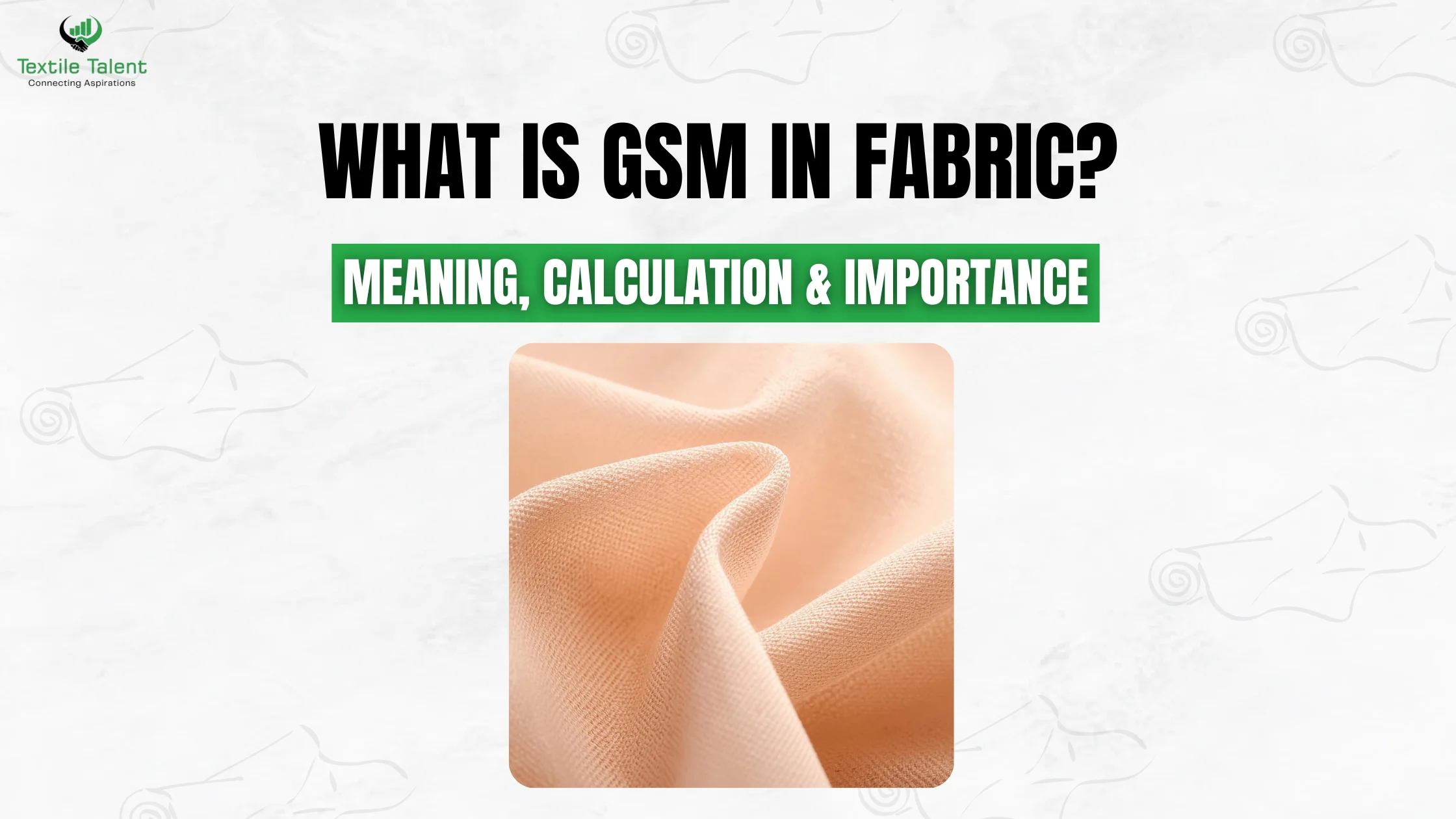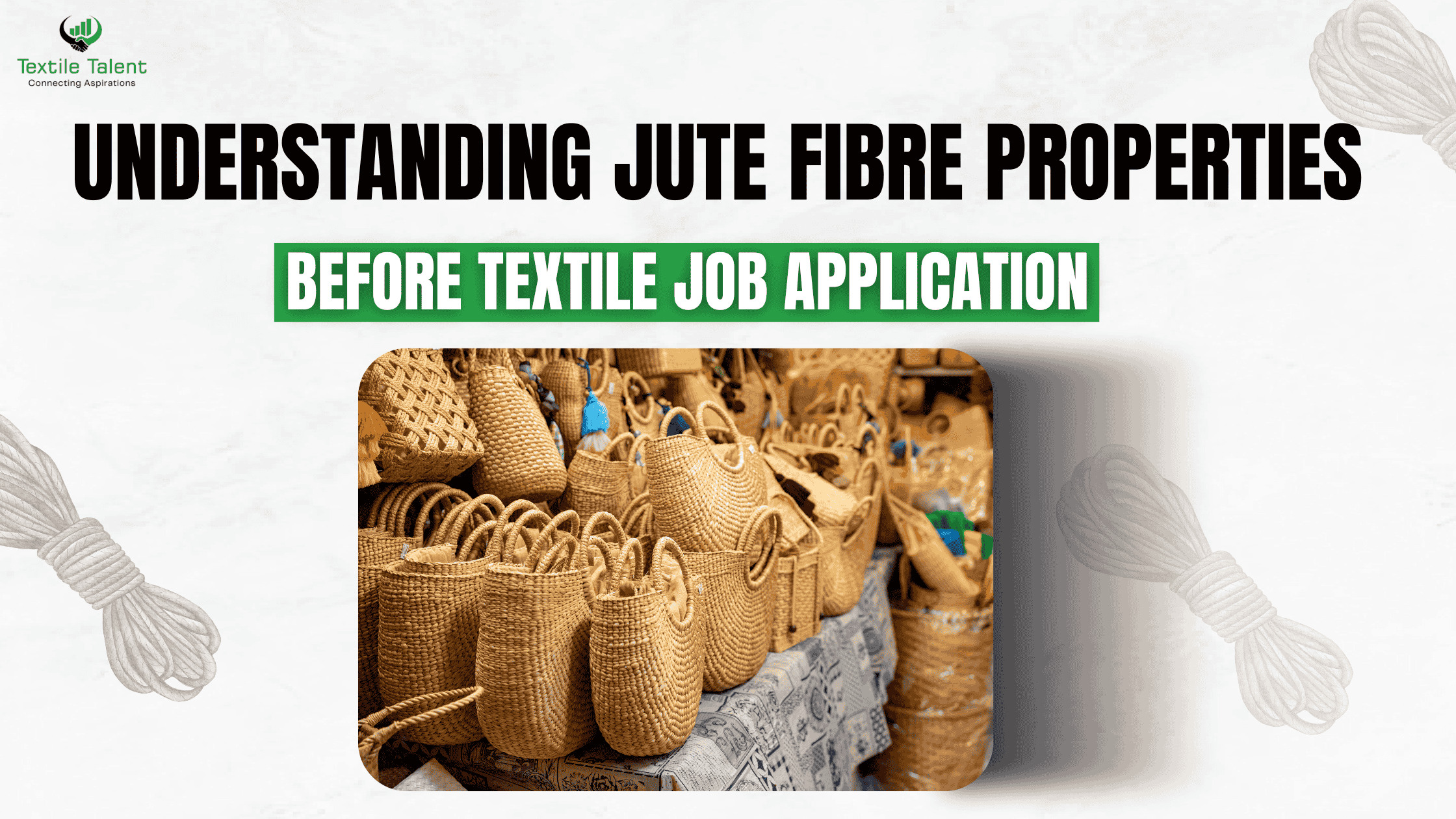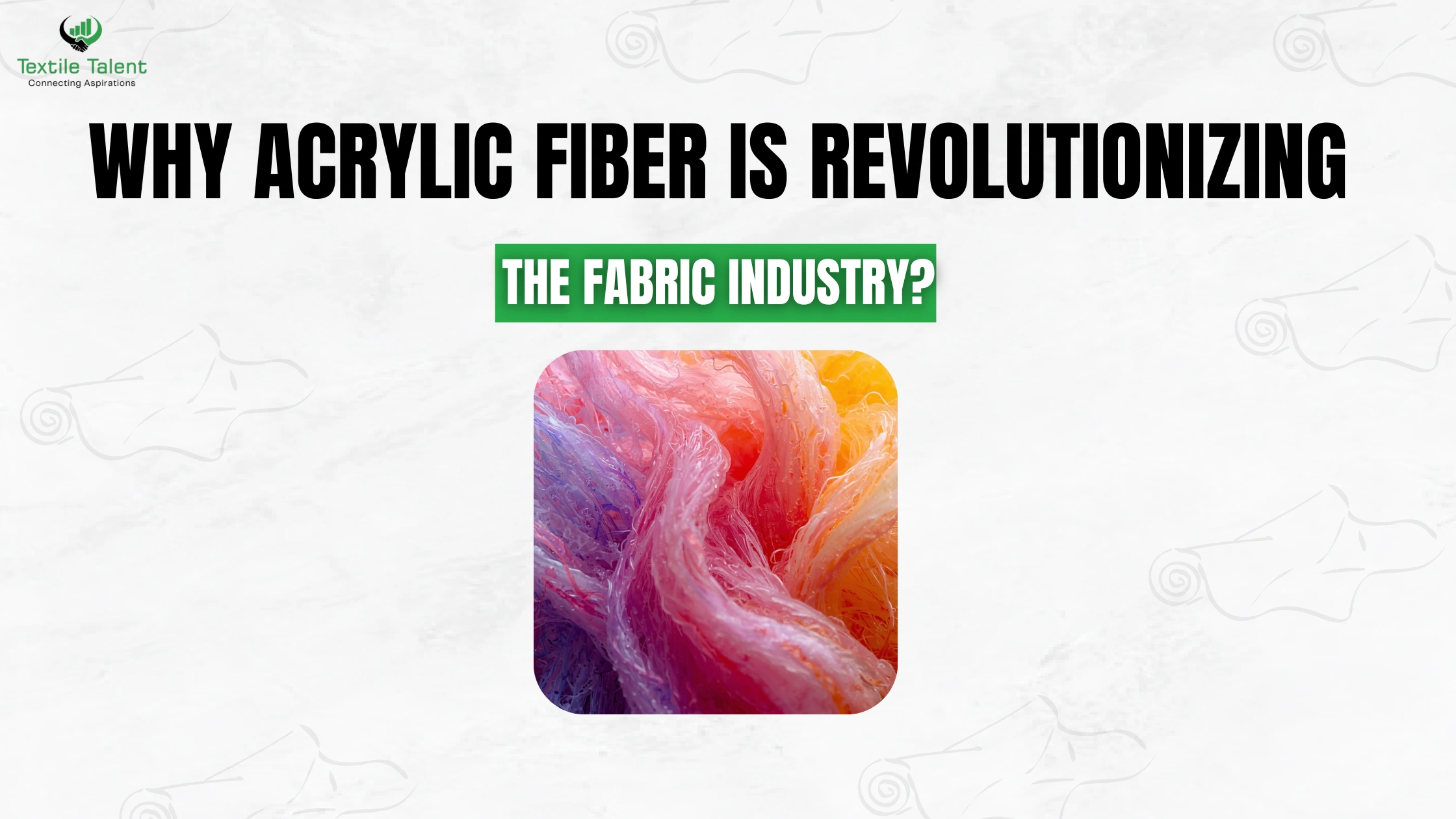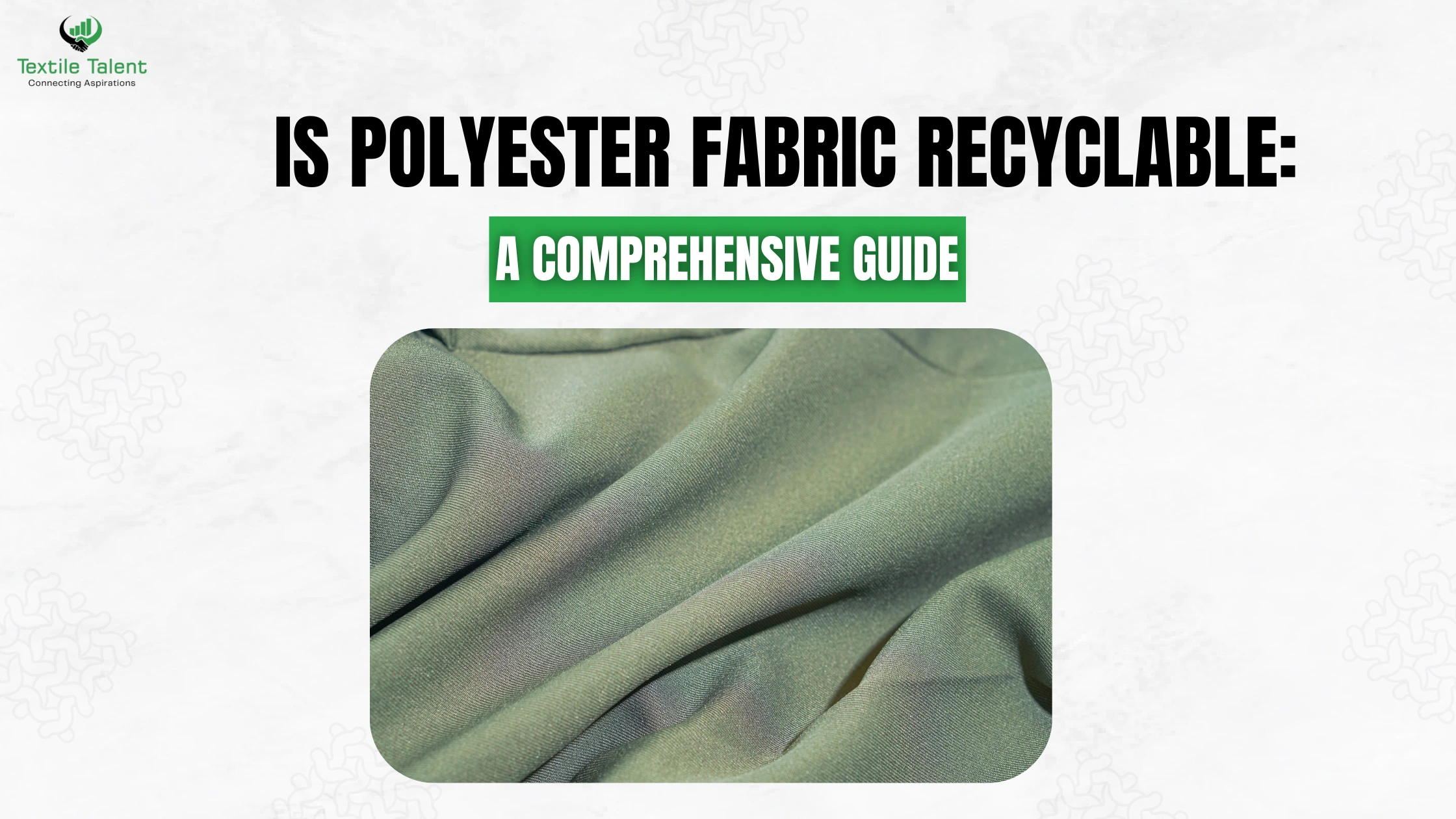
It is most important to get acquainted with the specifics of a jute fibre which is an environmentally friendly one before getting down to work in a textile job which deals with it. This article will decipher what jute is, why its properties are important, and how it is compared to other fibre, and what all textile professionals finding textile industry jobs in India ought to know before touching their hands on it. We will venture into the good, the tricky and the downright surprising parts of jute fibre in an easier to read than lecturing on chemistry manner.
Introduction
Have you ever thought of why some textile industry jobs in India demand knowledge of the properties of jute fibre? Whenever you are aspiring to take a position in the major textile industry, particularly one that is involved in handling natural fibres; proper knowledge on the characteristics of jute fibre can really put you at a serious advantage.
Jute is among the oldest and most commonly used forms of natural fibre and yet most people do not recognize the potential contribution of the characteristics of the fibre on the quality and viability of the textile products.
What Exactly is Jute Fibre?
Recall jute as the modest superstar of the plant fibre community. It is obtained through extraction of the stalk of the plants that belong to a genus, Corchorus, largely cultivated in India and Bangladesh. Jute may not be the most elegant material in its raw form, yet it is tough, bio-degradable and seemingly very versatile.
That is what makes it distinctive:
- Natural brightness: Jute fibre is frequently silky sheened.
- Flexible strength: This has a good pull force before it snaps.
- Low extensibility: That is, it will not tend to stretch out lengthened against strain.
Biodegradable: It is degradable and this is very good in terms of sustainability.
Why should you be interested in its moisture retention?
One word answer: because it touches everything including dyeing up and avoidance of wear.
Jute is hygroscopic; this implies that it takes up moisture like sponge. The characteristic can be a curse and a blessing in textile usage. On the one hand, it enables jute to harmonise with dyes and finishes. On the one hand, it can result in moulds developing in moist spaces when not stored correctly.
Therefore, in any environment that you work where the climatic conditions are very humid, then you will need to have this knowledge on jute fibre characteristics more than ever before.
How Does Jute Compare to Cotton or Wool
| Fibre | Strength | Texture | Durability | Environmental Impact |
|--------|-----------|-----------|-------------|-------------------------|
| Jute | High | Coarse | Moderate | Very eco-friendly |
| Cotton | Moderate | Soft | High | Water-intensive crop |
| Wool | Moderate | Soft/Warm | High | Animal-sourced |
Jute is stronger than cotton, but rougher to the touch. It is also not as insulating as wool, but a lot more sustainable in terms of being able to grow quickly and require very low input in terms of farming needs.
Which Are the Shortcomings of Properties of Jute Fibre in the Textile Employment?
We are not going to paint rosy pictures--there are quirks to jute (there are to all materials, too).
Wrinkling: It is prone to wrinkle and does not spring back as the synthetic fibres.
Colour restrictions: It has limitations in the range of colour because it becomes dull in lighter tones.
Abrasion: With time, repeated abrasion can erode it at a faster rate as compared to materials such as polyester.
With that said, it is important to know which challenges you will face so that you can plan around them which is precisely why learning the property of jute fibre is so important before entering into any textile gig.
Real Talk: What Is it Possible to Really Make with Jute
Miss-tons of things. There are more to simple gunny bags and twines, jute is making a grand entry into eco-fashion and home-style decor. Think:
- Fashionable handbags
- Environmentally friendly rug and carpet
- Reborn upholstery
- Wallpaper and wall hangings, curtains
Yeah, it is no longer your grandma potato sack.
FAQs
Q1: Can jute fibre be used as high-fashion textile?
Not conventionally, since it is rough. But once combined with cotton or synthetic fibres, it can also make it into fashionable and environmentally friendly lines.
Q2: Do jute fabrics allow one to wash in a regular way as a regular piece of clothing?
Carefully, yes. However, being water-sensitive, too much washing will render the fibres prone. Better methods would be spot-cleaning and dry-cleaning.
Q3: What makes jute so rough-textured
Owing to this occurrence due to the great concentration of lignin. Lignin causes plants to be woody--and that coarse scratchy feel of jute plants is due to lignin.
You might be preparing to work in an industry connected with textile work, and you want to sound like you know your textile job, so here is the reminder: knowing about the properties of jute fibre does not only help, but it is a game-changer. That is what distinguishes the novices and the experts in an age when natural fibres are back in vogue again.






